Apple's iCloud services are more accessible than you might think, even on a Windows PC. With iCloud Passwords, you can seamlessly access the passwords stored in your iCloud Keychain right from Chrome on your Windows computer. This integration allows you to use strong passwords suggested by Safari without the hassle of manually entering them, and any new passwords you create on your PC can sync across your Apple devices automatically.
In this guide, we'll walk you through setting up iCloud Passwords in Chrome on a Windows PC, so you can manage your passwords effortlessly across all your devices.
Setting up iCloud for Windows
Before you can use iCloud Passwords on your Windows PC, you'll need to install the iCloud for Windows app and ensure it's properly configured. Follow these steps to get started:
- Open the Microsoft Store on your Windows PC.
- Use the search bar to type iCloud.
- Select the iCloud app from the search results.
- Click the Get or Free button to download and install the app.

Note: Make sure that iCloud is set up on your iPhone, iPad, or Mac, and you're signed in with your Apple ID. Also, ensure that your account has two-factor authentication enabled, and your Apple devices are running iOS 14, iPadOS 14, or macOS 11 or later.
- Once installed, launch the iCloud for Windows app.
- Sign in with your Apple ID and password.
- Enter the verification code sent to your Apple device to complete the sign-in process.

- Choose whether to send diagnostic information to Apple. This setting can be changed later if needed.

- In the iCloud interface, check the box next to Passwords.
- Click Apply to enable iCloud Passwords on your PC.
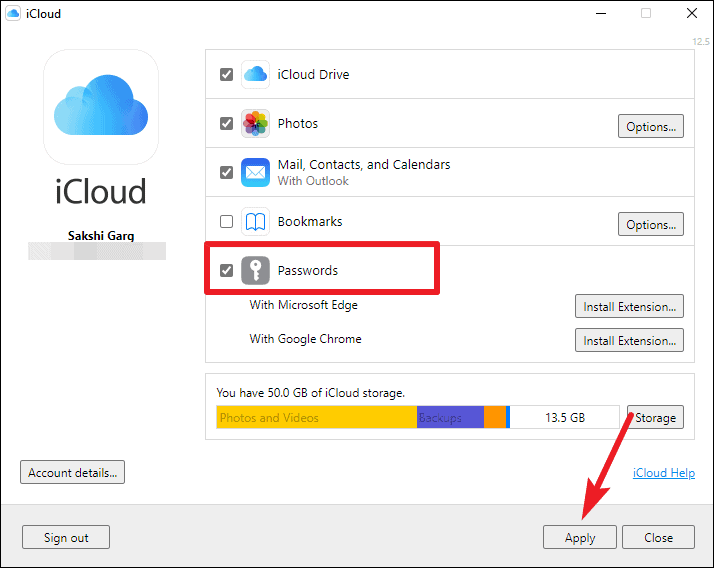
Installing the iCloud Passwords extension
To use iCloud Passwords with Chrome, you'll need to install the official browser extension:
- Open Chrome and navigate to the Chrome Web Store.
- In the search bar, type iCloud Passwords.
- Select the iCloud Passwords extension from the results.
- Click Add to Chrome to install the extension.
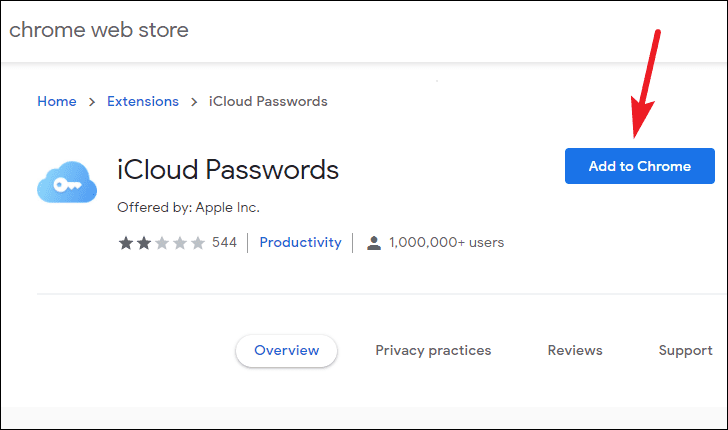
- When prompted, click Add extension to confirm the installation.

To make the extension easily accessible:
- Click the puzzle piece icon (Extensions) in the Chrome toolbar.
- Find iCloud Passwords in the list.
- Click the pin icon next to it to pin it to the toolbar.

Enabling iCloud Passwords on your Windows PC
After installing the extension, you'll need to approve iCloud Passwords on your PC:
- Open the iCloud for Windows app if it's not already open.
- Click the Approve button next to Passwords.

- Sign in again with your Apple ID and password to confirm.

- Enter the verification code sent to your Apple device.
- Ensure the Passwords option is checked and click Apply if necessary.
iCloud Passwords is now enabled and ready to use on your Windows PC.
Using iCloud Passwords to autofill in Chrome
With everything set up, you can now use iCloud Passwords to autofill your login credentials in Chrome:
- Navigate to a website where you have a saved password.
- Click the iCloud Passwords extension icon in the Chrome toolbar.
- If prompted, enter the six-digit verification code displayed in the iCloud for Windows app.

- Select the account you wish to use from the list provided by the extension.
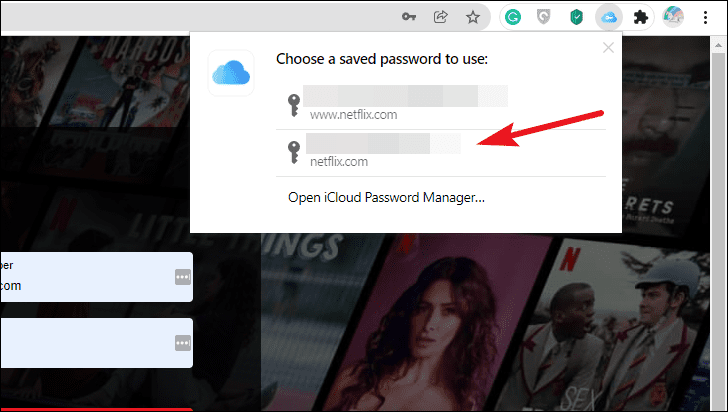
- The username and password fields will be auto-filled. Proceed to sign in as usual.
Note: When the iCloud Passwords extension is active, Chrome's built-in password manager will be disabled.
You can determine the status of the iCloud Passwords extension by the icon displayed:
- Blue icon: You have a saved password for this website.
- Gray icon with a lock: You need to enable the extension by entering the verification code.
- Plain gray icon: No saved passwords for this site or the extension can't fill the fields.
- Gray icon with an alert: iCloud Passwords or iCloud for Windows is not enabled.
Adding a new password
You can also save new passwords to iCloud Keychain directly from Chrome:
- Create a new account or update an existing password on a website using Chrome.
- After submitting the new password, the iCloud Passwords extension will prompt you to save it.
- Click Save Password to add it to your iCloud Keychain.
Updating an existing password
If you change a password on a website, you can update it in iCloud Passwords:
- Log in to the website with your new password.
- The iCloud Passwords extension will detect the change and prompt you.
- Click Update Password to save the new password to iCloud Keychain.
Managing iCloud Passwords on a Windows PC
With iCloud for Windows version 12.5 or later, you can manage your iCloud Passwords using a dedicated app on your PC:
- Search for iCloud Passwords in the Windows search bar and open the app.

- Authenticate using Windows Hello (Face ID, fingerprint, or PIN).
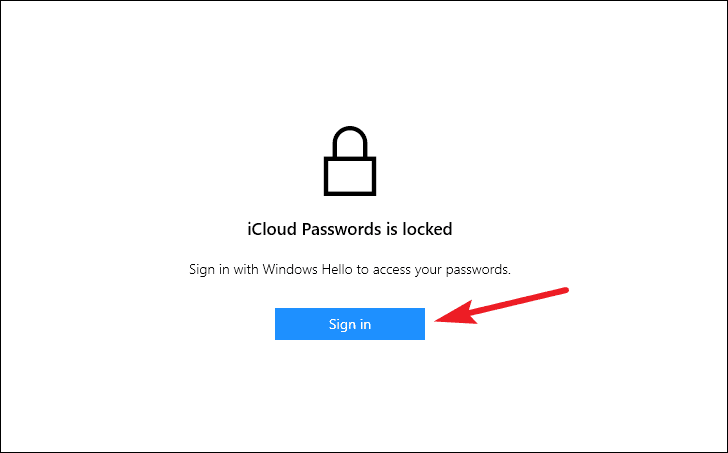
The iCloud Passwords app lets you view, add, edit, and delete passwords that sync across your devices.
Viewing and copying passwords
To view or copy a saved password:
- In the iCloud Passwords app, scroll through or search for the account you need.
- Select the account to view details.
- Hover over the hidden password to reveal it temporarily.
- Click Copy and choose to copy the website, username, or password as needed.
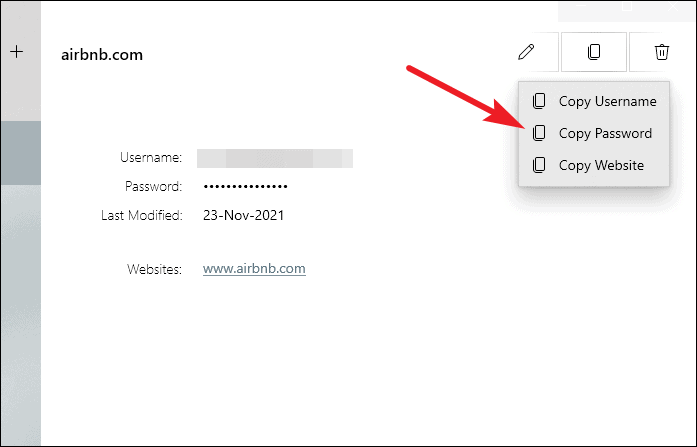
Note: Accounts marked as "Never saved" cannot be edited but can be deleted if you wish.
Adding a password
To manually add a new password:
- Click the + icon at the top of the iCloud Passwords app.
- Fill in the Website, Username, and Password fields.
- Click Add Password to save it to your iCloud Keychain.
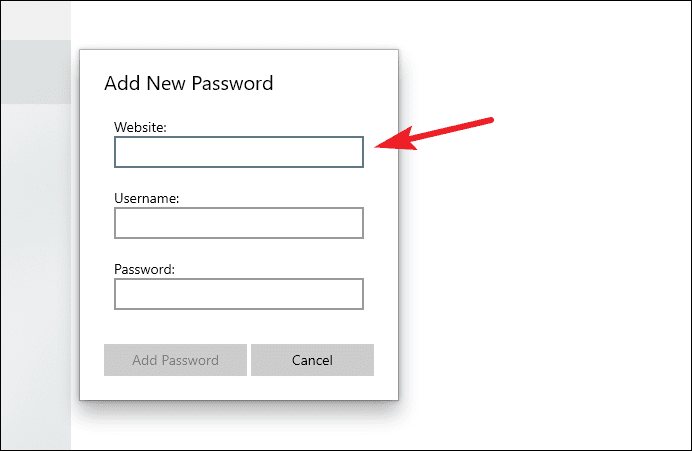
Updating a password
If you need to update a saved password:
- Select the account you want to update in the iCloud Passwords app.
- Click the Edit option.
- Make the necessary changes to the username or password.
- Click Update Password to save your changes.
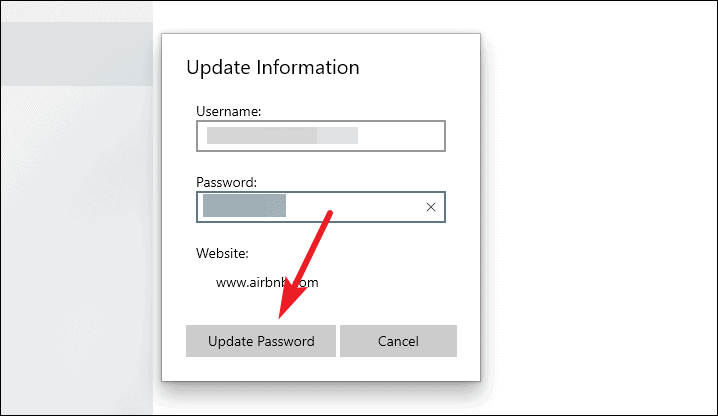
Deleting a saved account
To remove an account from iCloud Passwords:
- Select the account you wish to delete.
- Click the Delete icon (usually a trash can symbol).
- Confirm the deletion by clicking Delete when prompted.

By setting up iCloud Passwords on your Windows PC, you can effortlessly manage and sync your passwords across all your devices. This ensures that you have secure access to your accounts whether you're on a Windows PC or an Apple device.

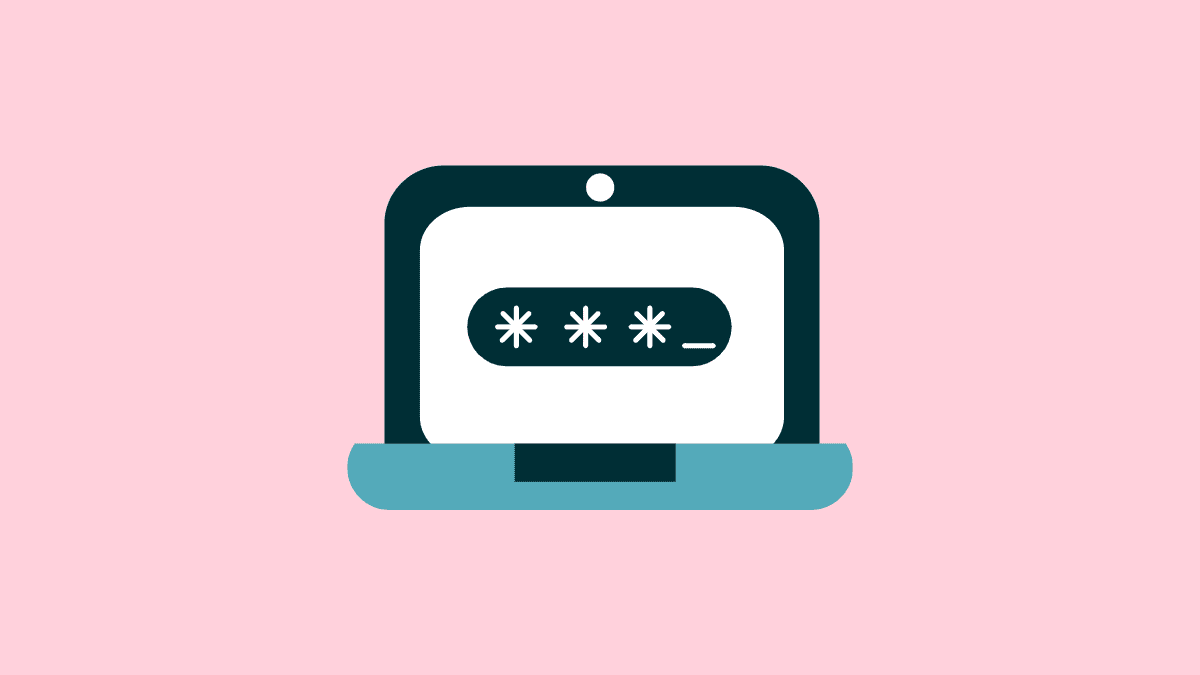








Member discussion